 Gov. Edmund G. “Jerry” Brown Jr. today delivered his 2013 State of the State address Thursday morning at the State Capitol. The following is the text of his address, as prepared for delivery.
Gov. Edmund G. “Jerry” Brown Jr. today delivered his 2013 State of the State address Thursday morning at the State Capitol. The following is the text of his address, as prepared for delivery.
The message this year is clear: California has once again confounded our critics. We have wrought in just two years a solid and enduring budget. And, by God, we will persevere and keep it that way for years to come.
Against those who take pleasure, singing of our demise, California did the impossible.
You, the California legislature, did it. You cast difficult votes to cut billions from the state budget. You curbed prison spending through an historic realignment and you reformed and reduced the state’s long term pension liabilities.
Then, the citizens of California, using their inherent political power under the Constitution, finished the task. They embraced the new taxes of Proposition 30 by a healthy margin of 55% to 44%.
Members of the legislature, I salute you for your courage, for wholeheartedly throwing yourself into the cause.
I salute the unions—their members and their leaders. You showed what ordinary people can do when they are united and organized.
I salute those leaders of California business and the individual citizens who proudly stood with us.
I salute the teachers and the students, the parents and the college presidents, the whole school community. As the great jurist, Oliver Wendell Holmes, once said when describing what stirs people to action: “Feeling begets feeling and great feeling begets great feeling.” You were alarmed, you stirred yourselves to action and victory was the outcome.
That was 2012 and what a year!
In fact, both 2011 and 2012 were remarkable.
You did great things: Your 1/3 renewable energy mandate; the reform of workers compensation; the reorganization of state government; protecting our forests and strengthening our timber industry; reforming our welfare system; and launching the nation’s first high speed rail system.
But, of course, governing never ends. We have promises to keep. And the most important is the one we made to the voters if Proposition 30 passed: that we would guard jealously the money temporarily made available.
This means living within our means and not spending what we don’t have. Fiscal discipline is not the enemy of our good intentions but the basis for realizing them. It is cruel to lead people on by expanding good programs, only to cut them back when the funding disappears. That is not progress; it is not even progressive. It is illusion. That stop and go, boom and bust, serves no one. We are not going back there.
The budget is balanced but great risks and uncertainties lie ahead. The federal government, the courts or changes in the economy all could cost us billions and drive a hole in the budget. The ultimate costs of expanding our health care system under the Affordable Care Act are unknown. Ignoring such known unknowns would be folly, just as it would be to not pay down our wall of debt. That is how we plunged into a decade of deficits.
Recall the story of Genesis and Pharaoh’s dream of seven cows, fatfleshed and well favored, which came out of the river, followed by seven other cows leanfleshed and ill favored. Then the lean cows ate up the fat cows. The Pharaoh could not interpret his dream until Joseph explained to him that the seven fat cows were seven years of great plenty and the seven lean cows were seven years of famine that would immediately follow. The Pharaoh took the advice of Joseph and stored up great quantities of grain during the years of plenty. When famine came, Egypt was ready.
The people have given us seven years of extra taxes. Let us follow the wisdom of Joseph, pay down our debts and store up reserves against the leaner times that will surely come.
In the midst of the Great Depression, Franklin Roosevelt said: “There is a mysterious cycle in human events. To some generations much is given. Of other generations much is expected. This generation has a rendezvous with destiny.”
We –right here in California– have such a rendezvous with destiny. All around us we see doubt and skepticism about our future and that of America’s. But what we have accomplished together these last two years, indeed, the whole history of California, belies such pessimism.
Remember how California began.
In 1769, under King Charles III, orders were issued to Jose de Galvez, the Visitor General of Baja California, to: “Occupy and fortify San Diego and Monterey for God and the King of Spain.´
Gaspar Portola and a small band of brave men made their way slowly north, along an uncharted path. Eventually, they reached Monterey but they could not recognize the Bay in the dense fog. With their supplies failing, they marched back to San Diego, forced to eat the flesh of emaciated pack mules just to stay alive. Undaunted, Portola sent for provisions from Baja California and promptly organized a second expedition. He retraced his steps northward, along what was to become El Camino Real, the Kings Highway. This time, Father Serra joined the expedition by sea. The rest is history, a spectacular history of bold pioneers meeting every failure with even greater success.
The founding of the Missions, secularized and sold off in little more than 50 years, the displacement and devastation of the native people, the discovery of Gold, the coming of the Forty-Niners and adventurers from every continent, first by the thousands and then by the hundreds of thousands. Then during the Civil War under President Lincoln came the Transcontinental Railroad and Land Grant Colleges, followed by the founding of the University of California. And oil production, movies, an aircraft industry, the longest suspension bridge in the world, aerospace, the first freeways, grand water projects, Jet Propulsion Laboratory, Venture Capital, Silicon Valley, Hewlett Packard, Apple, Qualcomm, Google and countless others, existing and still just imagined.
What is this but the most diverse, creative and longest standing mass migration in the history of the world. That is California. And we are her sons and daughters.
This special destiny never ends. It slows. It falters. It goes off track in ignorance and prejudice but soon resumes again—more vibrant and more stunning in its boldness.
The rest of the country looks to California. Not for what is conventional, but for what is necessary—necessary to keep faith with our courageous forebears.
What we have done together and what we must do in the coming years is big, but it pales in comparison to the indomitable courage of those who discovered and each decade thereafter built a more abundant California.
As Legislators, It is your duty and privilege to pass laws. But what we need to do for our future will require more than producing hundreds of new laws each year. Montaigne, the great French writer of the 16th Century, in his Essay on Experience, wisely wrote: “There is little relation between our actions, which are in perpetual mutation, and fixed and immutable laws. The most desirable laws are those that are the rarest, simplest, and most general; and I even think that it would be better to have none at all than to have them in such numbers as we have.”
Constantly expanding the coercive power of government by adding each year so many minute prescriptions to our already detailed and turgid legal system overshadows other aspects of public service. Individual creativity and direct leadership must also play a part. We do this, not by commanding thou shalt or thou shalt not through a new law but by tapping into the persuasive power that can inspire and organize people. Lay the Ten Commandments next to the California Education code and you will see how far we have diverged in approach and in content from that which forms the basis of our legal system.
Education
In the right order of things, education—the early fashioning of character and the formation of conscience—comes before legislation. Nothing is more determinative of our future than how we teach our children. If we fail at this, we will sow growing social chaos and inequality that no law can rectify.
In California’s public schools, there are six million students, 300,000 teachers—all subject to tens of thousands of laws and regulations. In addition to the teacher in the classroom, we have a principal in every school, a superintendent and governing board for each school district. Then we have the State Superintendent and the State Board of Education, which makes rules and approves endless waivers—often of laws which you just passed. Then there is the Congress which passes laws like “No Child Left Behind,” and finally the Federal Department of Education, whose rules, audits and fines reach into every classroom in America, where sixty million children study, not six million.
Add to this the fact that three million California school age children speak a language at home other than English and more than two million children live in poverty. And we have a funding system that is overly complex, bureaucratically driven and deeply inequitable. That is the state of affairs today.
The laws that are in fashion demand tightly constrained curricula and reams of accountability data. All the better if it requires quiz-bits of information, regurgitated at regular intervals and stored in vast computers. Performance metrics, of course, are invoked like talismans. Distant authorities crack the whip, demanding quantitative measures and a stark, single number to encapsulate the precise achievement level of every child.
We seem to think that education is a thing—like a vaccine—that can be designed from afar and simply injected into our children. But as the Irish poet, William Butler Yeats said, “Education is not the filling of a pail but the lighting of a fire.”
This year, as you consider new education laws, I ask you to consider the principle of Subsidiarity. Subsidiarity is the idea that a central authority should only perform those tasks which cannot be performed at a more immediate or local level. In other words, higher or more remote levels of government, like the state, should render assistance to local school districts, but always respect their primary jurisdiction and the dignity and freedom of teachers and students.
Subsidiarity is offended when distant authorities prescribe in minute detail what is taught, how it is taught and how it is to be measured. I would prefer to trust our teachers who are in the classroom each day, doing the real work – lighting fires in young minds.
My 2013 Budget Summary lays out the case for cutting categorical programs and putting maximum authority and discretion back at the local level—with school boards. I am asking you to approve a brand new Local Control Funding Formula which would distribute supplemental funds — over an extended period of time — to school districts based on the real world problems they face. This formula recognizes the fact that a child in a family making $20,000 a year or speaking a language different from English or living in a foster home requires more help. Equal treatment for children in unequal situations is not justice.
With respect to higher education, cost pressures are relentless and many students cannot get the classes they need. A half million fewer students this year enrolled in the community colleges than in 2008. Graduation in four years is the exception and transition from one segment to the other is difficult. The University of California, the Cal State system and the community colleges are all working on this. The key here is thoughtful change, working with the faculty and the college presidents. But tuition increases are not the answer. I will not let the students become the default financiers of our colleges and universities.
Health Care
California was the first in the nation to pass laws to implement President Obama’s historic Affordable Care Act. Our health benefit exchange, called Covered California, will begin next year providing insurance to nearly one million Californians. Over the rest of this decade, California will steadily reduce the number of the uninsured.
Today I am calling for a special session to deal with those issues that must be decided quickly if California is to get the Affordable Care Act started by next January. The broader expansion of Medi-Cal that the Act calls for is incredibly complex and will take more time. Working out the right relationship with the counties will test our ingenuity and will not be achieved overnight. Given the costs involved, great prudence should guide every step of the way.
Jobs
California lost 1.3 million jobs in the great Recession but we are coming back at a faster pace than the national average. The new Office of Business and Economic Development — GoBiz —directly assisted more than 5,000 companies this past year.
One of those companies was Samsung Semiconductor Inc. headquartered in Korea. Working with the City of San Jose and Santa Clara County, GoBiz persuaded Samsung to locate their only research and development facility in the world here in California. The new facility in San Jose will place at least 2,500 people in high skill, high wage jobs. We also leveled the field on internet sales taxes, paving the way for over 1,000 new jobs at new Amazon distribution centers in Patterson and San Bernardino and now Tracy.
This year, we should change both the Enterprise Zone Program and the Jobs Hiring Credit. They aren’t working. We also need to rethink and streamline our regulatory procedures, particularly the California Environmental Quality Act. Our approach needs to be based more on consistent standards that provide greater certainty and cut needless delays.
California’s exports are booming and our place in the world economy has never been stronger. Our ties with The People’s Republic of China in particular are deep—from the Chinese immigrants crossing the Pacific in 1848 to hosting China’s next President in Los Angeles last February. This year we will take another step to strengthen the ties between the world’s second and ninth largest economies. In April, I will lead a trade and investment mission to China with help from the Bay Area Council and officially open California’s new trade and investment office in Shanghai.
Water
Central to the life of our state is water and one sixth of that water flows through the San Joaquin Delta.
Silicon Valley, the Livermore Valley, farmers on the East side of the San Joaquin Valley between Fresno and Kern County and farmers on the West side between Tracy and Los Banos, urban Southern California and Northern Contra Costa, all are critically dependent on the Delta for Water.
If because of an earthquake, a hundred year storm or sea level rise, the Delta fails, the disaster would be comparable to Hurricane Katrina or Superstorm Sandy: losses of at least $100 billion and 40,000 jobs. I am going to do whatever I can to make sure that does not happen. My proposed plan is two tunnels 30 miles long and 40 feet wide, designed to improve the ecology of the Delta, with almost 100 square miles of habitat restoration. Yes, that is big but so is the problem.
The London Olympics lasted a short while and cost $14 billion, about the same cost as this project. But this project will serve California for hundreds of years.
Climate Change
When we think about California’s future, no long term liability presents as great a danger to our wellbeing as the buildup of carbon dioxide and other greenhouse gases in the atmosphere.
According to the latest report from the World Bank, carbon dioxide emissions are the highest in 15 million years. At today’s emissions rate, the planet could warm by more than 7 degrees Fahrenheit by the end of the century, an event unknown in human experience. California is extremely vulnerable because of our Mediterranean climate, long coastline and reliance on snowpack for so much of our water supply.
Tipping points can be reached before we even know we have passed them. This is a different kind of challenge than we ever faced. It requires acting now even though the worst consequences are perhaps decades in the future.
Again California is leading the way. We are reducing emissions as required by AB 32 and we will meet our goal of getting carbon emissions to 1990 levels by 2020.
Key to our efforts is reducing electricity consumption through efficiency standards for buildings and appliances. Over the last three decades, these pioneering efforts have saved Californians $65 billion dollars. And we are not through yet.
We are also meeting our renewable energy goals: more than 20% renewable energy this year. By 2020, we will get at least a third of our electricity from the sun and the wind and other renewable sources—and probably more.
Transportation and High Speed Rail
In the years following World War II, California embarked on a vast program to build highway, bridges and roads.
Today, California’s highways are asked to accommodate more vehicle traffic than any other state in the nation. Most were constructed before we knew about climate change and the lethal effects of dirty air. We now expect more.
I have directed our Transportation Agency to review thoroughly our current priorities and explore long-term funding options.
Last year, you authorized another big project: High Speed Rail. Yes, it is bold but so is everything else about California.
Electrified trains are part of the future. China already has 5000 miles of high speed rail and intends to double that. Spain has 1600 miles and is building more. More than a dozen other countries have their own successful high speed rail systems. Even Morocco is building one.
The first phase will get us from Madera to Bakersfield. Then we will take it through the Tehachapi Mountains to Palmdale, constructing 30 miles of tunnels and bridges. The first rail line through those mountains was built in 1874 and its top speed over the crest is still 24 miles an hour. Then we will build another 33 miles of tunnels and bridges before we get the train to its destination at Union Station in the heart of Los Angeles.
It has taken great perseverance to get us this far. I signed the original high speed rail Authority in 1982—over 30 years ago. In 2013, we will finally break ground and start construction.
Conclusion
This is my 11th year in the job and I have never been more excited. Two years ago, they were writing our obituary. Well it didn’t happen. California is back, its budget is balanced, and we are on the move. Let’s go out and get it done.
Like this:
Like Loading...
Related
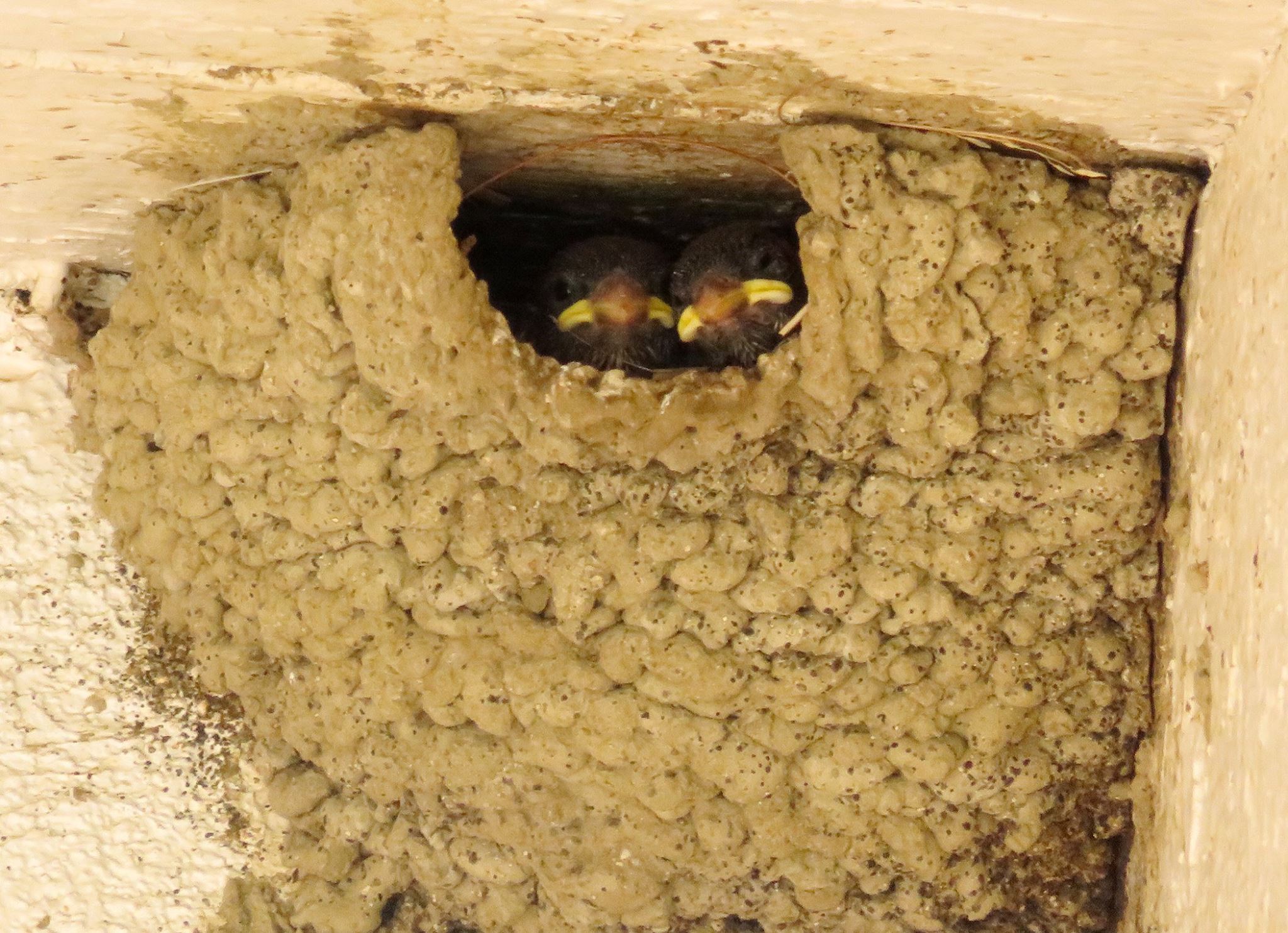



 Tweet This
Tweet This Facebook
Facebook Digg This
Digg This Bookmark
Bookmark Stumble
Stumble RSS
RSS





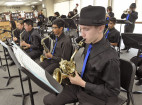








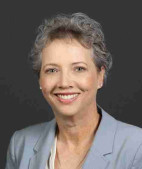
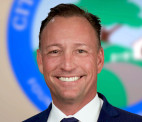
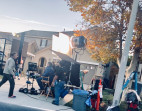










REAL NAMES ONLY: All posters must use their real individual or business name. This applies equally to Twitter account holders who use a nickname.
0 Comments
You can be the first one to leave a comment.